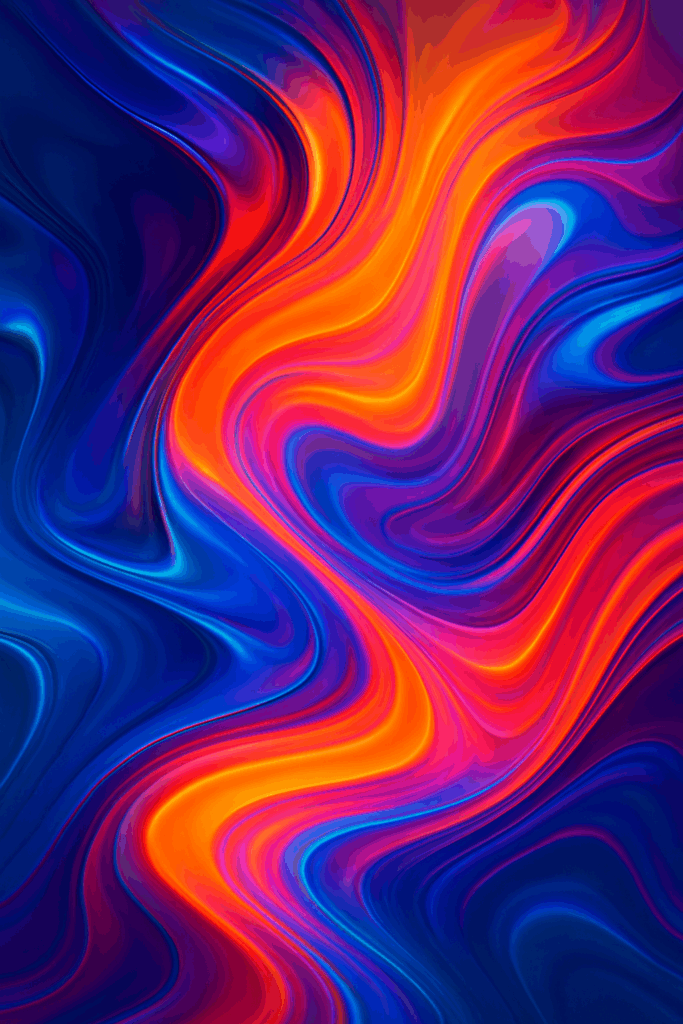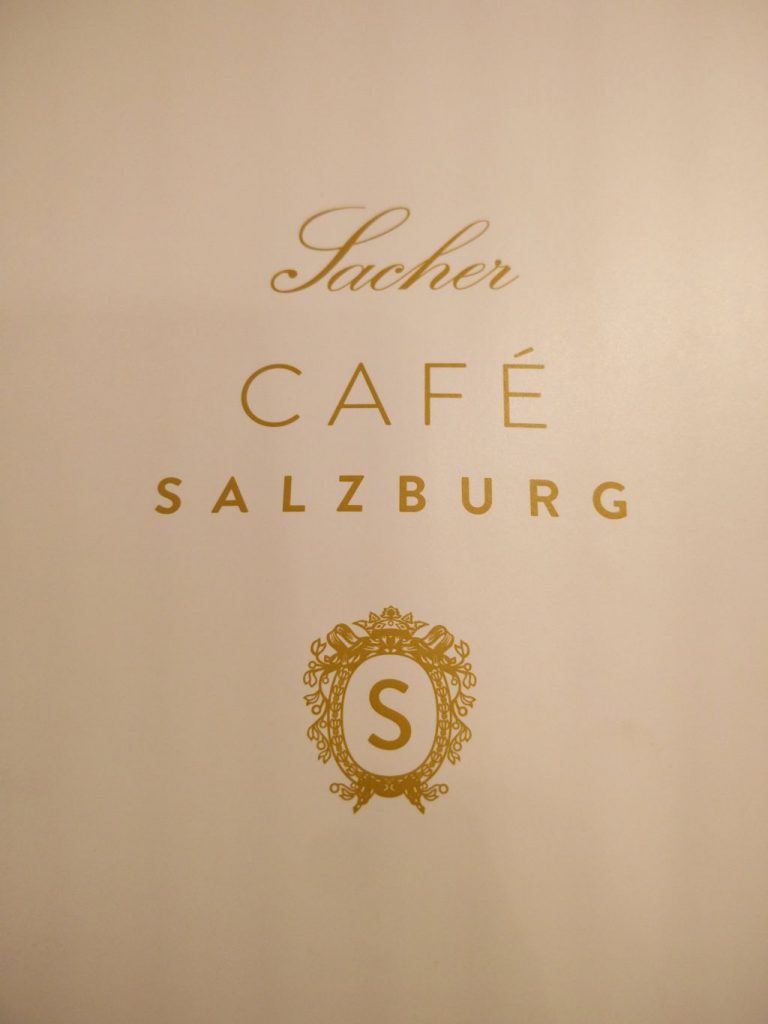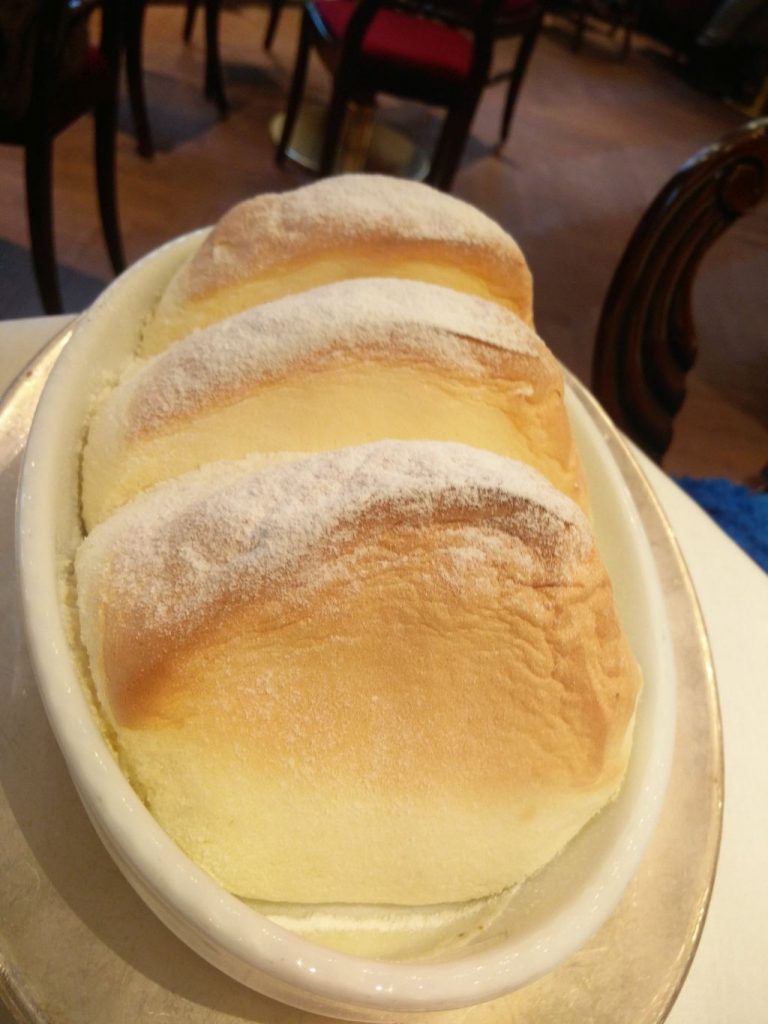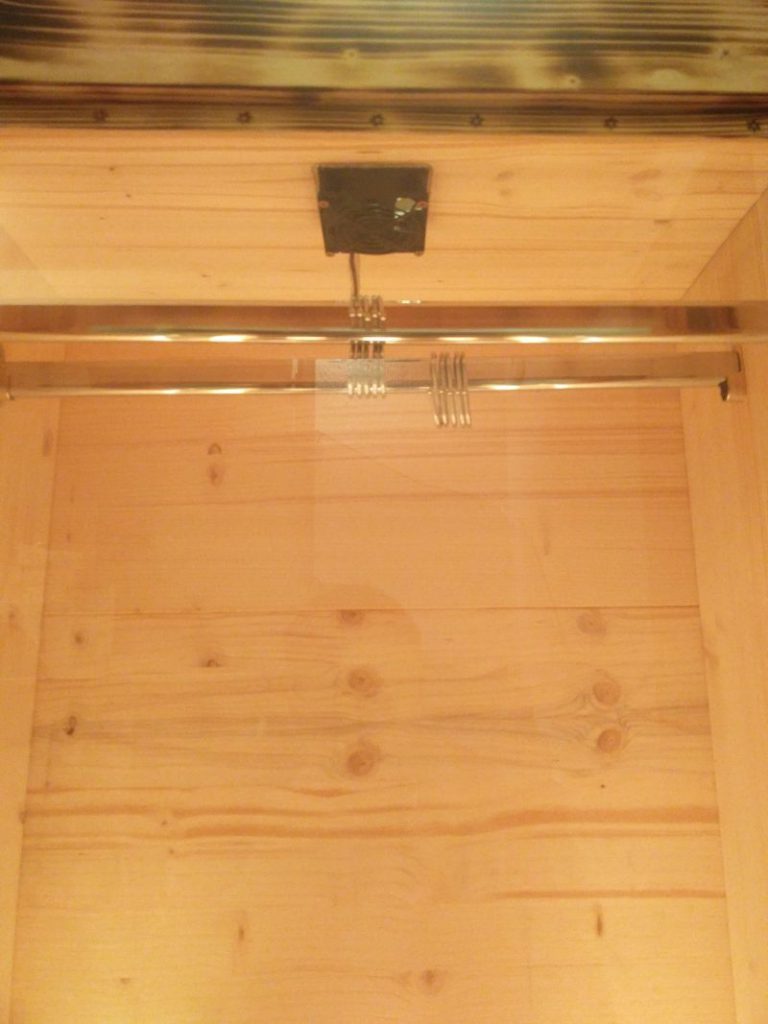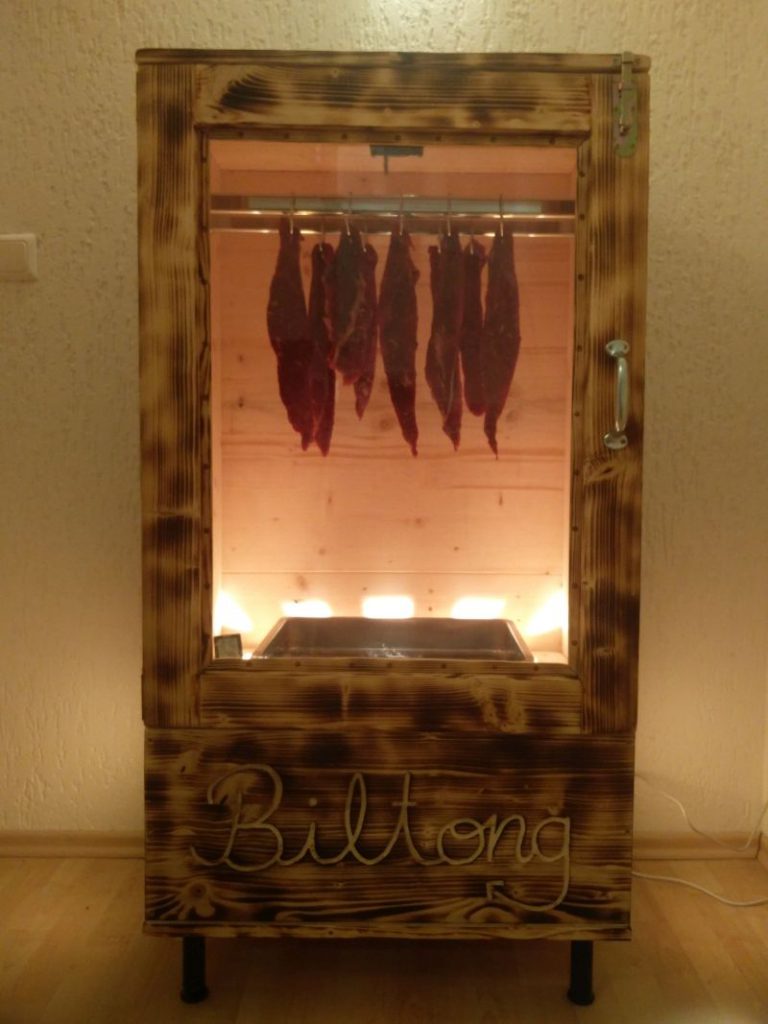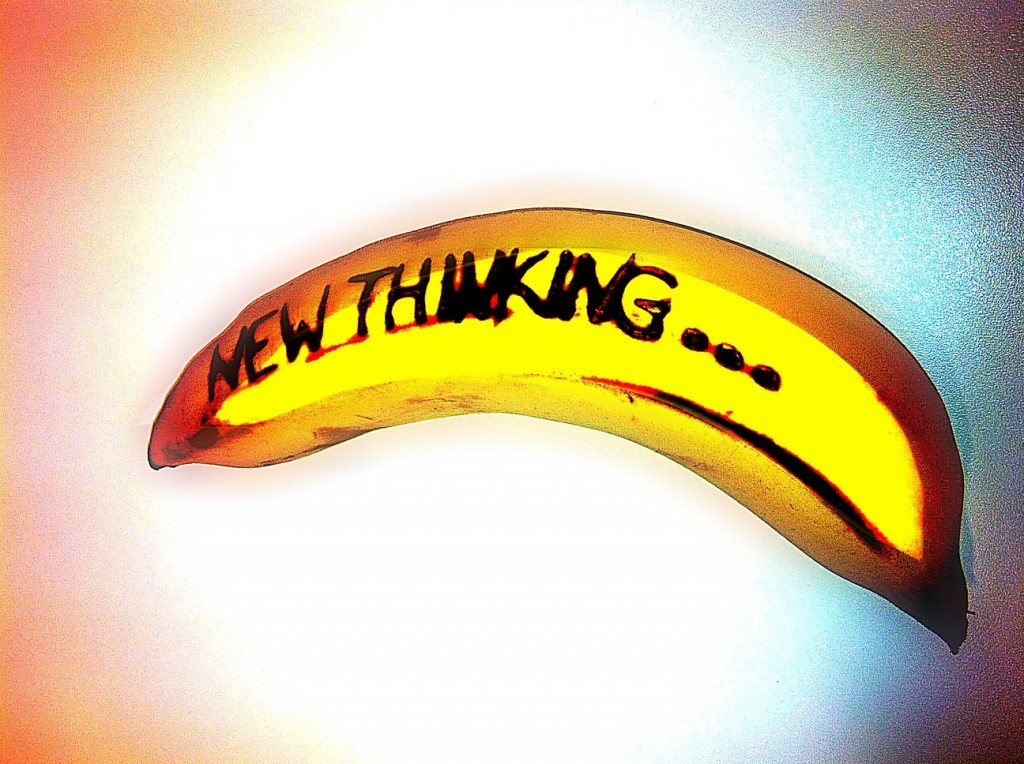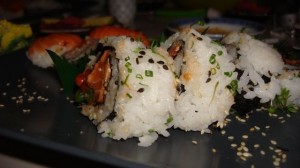The culinary world is transforming faster than ever, and 2025 is shaping up to be a landmark year for chefs, home cooks, and food creators worldwide. A new movement is emerging — bold, sensory, artistic — pushing cuisine beyond taste and into storytelling. Welcome to the Flavor Revolution, where culinary arts blend creativity, science, culture, and immersive experience.
What Is the Flavor Revolution?
The Flavor Revolution is a global shift redefining how food is crafted, plated, and experienced. Instead of focusing solely on flavor profiles, chefs are now creating dishes that evoke emotions, spark curiosity, and build narrative. Each plate becomes a piece of edible art — a multisensory expression.
Key elements include:
- Edible Color Theory: Using natural pigments to influence mood and perception.
- Culinary Sculpting: Turning ingredients into intricate artistic forms.
- Hyperlocal Fusion: Combining regional traditions with modern techniques for unforgettable contrasts.
- Aroma Pairing Science: Curating scents that enhance taste and memory recall.
- Tech-Enhanced Dining: Projection mapping, AI-crafted flavors, and interactive plating.
Why It’s Captivating Food Lovers Everywhere
This trend resonates because people want experiences, not just meals. Diners crave stories, immersive environments, and dishes that surprise them. Social media accelerates the movement — stunning plating and artistic compositions spread like wildfire, inspiring millions to try new techniques at home.
Restaurants adopting this approach report:
- Higher guest engagement
- Longer table conversations
- Increased demand for tasting menus
- Viral visual content
Culinary arts have officially evolved from craftsmanship to full sensory artistry.
Techniques Defining the 2025 Culinary Landscape
1. Texture Layering
Contrasting soft, crisp, airy, and silky elements creates dynamic bites that feel cinematic.
2. Botanical Infusions
Flowers, herbs, and smoked botanicals add complexity and visual drama.
3. Architectural Plating
Chefs construct dishes the way designers build sculpture — with intention, movement, and balance.
4. AI-Enhanced Recipe Crafting
AI tools help analyze flavor data, creating blends never before explored.
5. Neon Gastronomy
Vibrant natural colors (like butterfly pea, chili oils, and beet foams) create modern, Instagram-ready visuals.
The Future of Food Is an Experience
As the Flavor Revolution spreads, expect to see:
- Restaurants becoming edible art galleries
- Home cooks elevating plating to new heights
- Global ingredients merging with futuristic techniques
- Food becoming an emotional journey rather than a simple activity
The culinary arts are no longer just about feeding people — they’re about connecting, inspiring, and storytelling through taste.

